The Difficult Decision in Favor of a Feeding Tube, Part 2
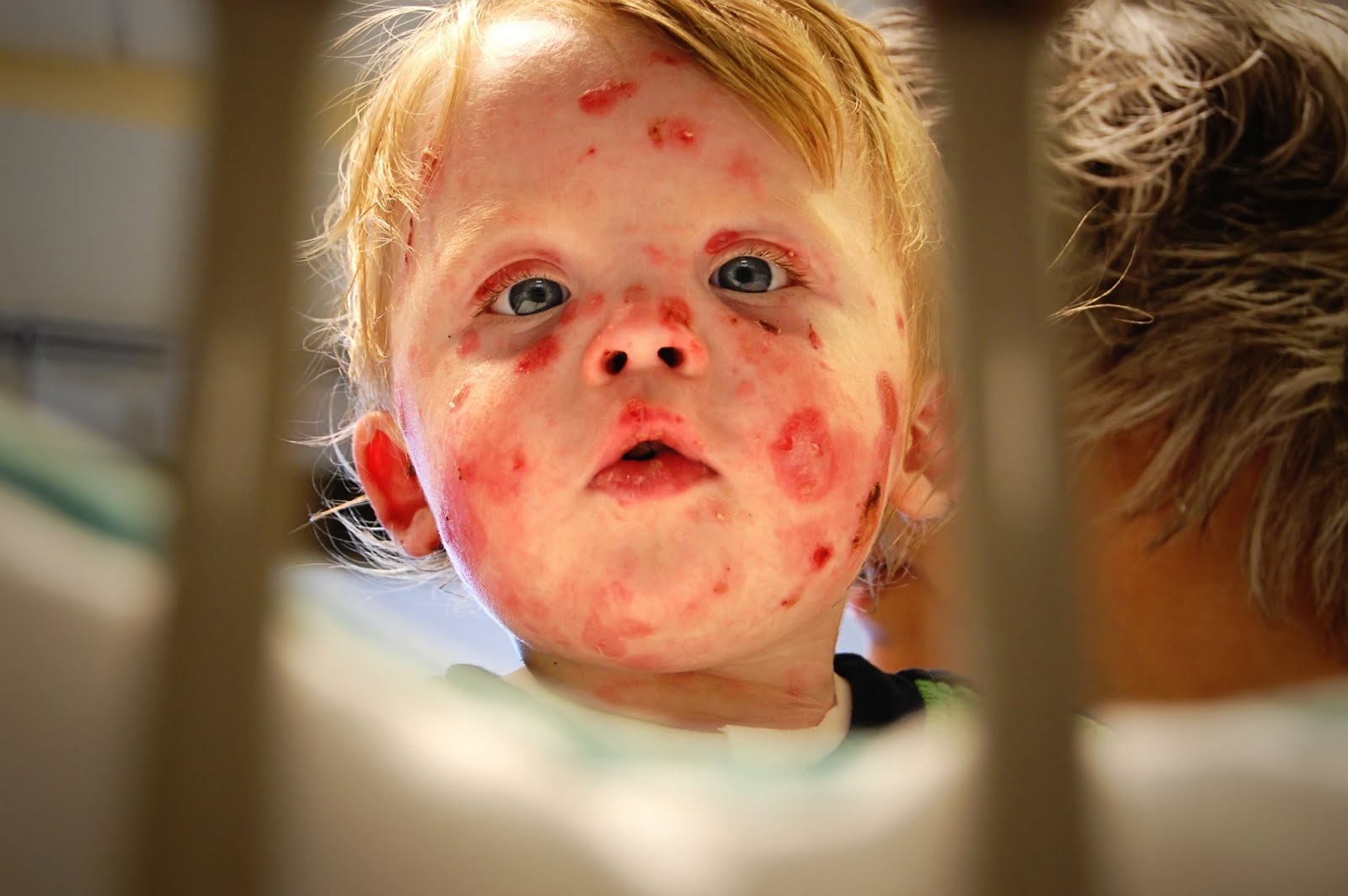
(Courtesy of Patrice Williams)
Last in a series. Read part one.
After our son Jonah was born with junctional epidermolysis bullosa, we made the difficult decision for him to get a gastrostomy feeding tube. Once it was decided, things went into motion pretty quickly.
To say I was terrified would be an understatement, but we knew we didn’t have a choice. It was for his good and our sanity. We were referred to a surgeon at Brenner Children’s Hospital in Winston-Salem, North Carolina, who listened to each one of my fears, and was so gracious to tolerate my “mom neurosis.”
We explained how Jonah could and could not be handled. We talked about EB at length, along with adhesives, friction, padding the table, securing the IV and pulse oximeter, and my greatest fear, the intubation.
I called our primary doctor from the NICU, at this point 12 months after she had last treated our child, to ask who she’d pick of all the anesthesiologists in the hospital. I had trusted her with my child a year earlier and wanted her input on this huge decision now. She recommended her top choice, and we secured the doctor for our surgery date.
Both our surgeon and our anesthesiologist, without argument or arrogance, contacted their counterparts, who are also EB specialists, at Cincinnati Children’s Hospital. They learned what they needed to do and what they absolutely couldn’t do. Our anesthesiologist learned all the complicated things one must do to safely intubate a child with EB. With infants, it’s especially scary, because their tiny tracheas blister easily, and the intubation could cause scarring and serious breathing issues.
After consulting with other EB parents who had been through surgeries, I also came up with this long list of do’s and don’ts for the doctors and nurses. Although I knew they would be amazing caregivers, I also knew that things that are second nature — wiping with alcohol, slapping on a pulse ox, and securing tubes with adhesives — needed to be addressed. I packed all the bandaging materials needed to secure things in an EB-safe way, and labeled them accordingly.
I even asked to meet with the entire operating room staff beforehand. I asked to go into the operating room to secure his IV. I asked to be let in again after the surgery was complete to rebandage Jonah’s torso so he couldn’t damage himself when he woke up. All of these requests were graciously granted without an ounce of ego, arrogance, or doubt in my ability. I was no nurse, but I was Jonah’s mom and his main caregiver, and the medical staff took that seriously.
On the day of the surgery, I was at peace. Our prayer warriors had already been storming the gates of heaven, and I was confident the Lord had put those in place we needed. Before surgery, I went in and briefly explained EB-safe protocol, again. I told them, “I’ve been praying for you, and I trust you.”
They gowned me up, and I went into the operating room, where my baby was already asleep. I helped the anesthesiologist safely secure an IV on the top of Jonah’s foot — the place where we thought it’d be the least likely to slide out of his skin.
After that, I remember waiting around a lot. I made some awkward, anxious comment to the surgeon about the TV show “Grey’s Anatomy.” I told myself to stop talking, but it didn’t work. They asked if I wanted to stay for the surgery, but I declined. I couldn’t watch. After they were finished, I came back in and bandaged him up. He could not be allowed to wake up and potentially destroy his uncovered skin.
Everything went as well as it possibly could have. He had no blistering around the site, no blistering around his face from intubation, got no corneal abrasions from being put to sleep, and as far as we knew, no blistering in his trachea. He did have some hoarseness in his cry for the next couple of days, but nothing abnormal. It was over, and I was so grateful.
We left on time and without incident. There was definitely an adjustment period, and the G-tube was not the “shove the food in and forget about it” solution I had hoped for. But it was a huge improvement, and we adjusted with time.
Jonah, despite EB, is one of the healthiest children I know, and although small for his age, he has remained on his growth curve. The G-tube is responsible for that. I’m happy to answer any questions you may have if you are working to make that decision for yourself or a loved one with EB now. For Jonah, I believe it has been a lifesaver.
***
Note: Epidermolysis Bullosa Today is strictly a news and information website about the disease. It does not provide medical advice, diagnosis, or treatment. This content is not intended to be a substitute for professional medical advice, diagnosis, or treatment. Always seek the advice of your physician or other qualified health provider with any questions you may have regarding a medical condition. Never disregard professional medical advice or delay in seeking it because of something you have read on this website. The opinions expressed in this column are not those of Epidermolysis Bullosa Today or its parent company, BioNews, and are intended to spark discussion about issues pertaining to epidermolysis bullosa.




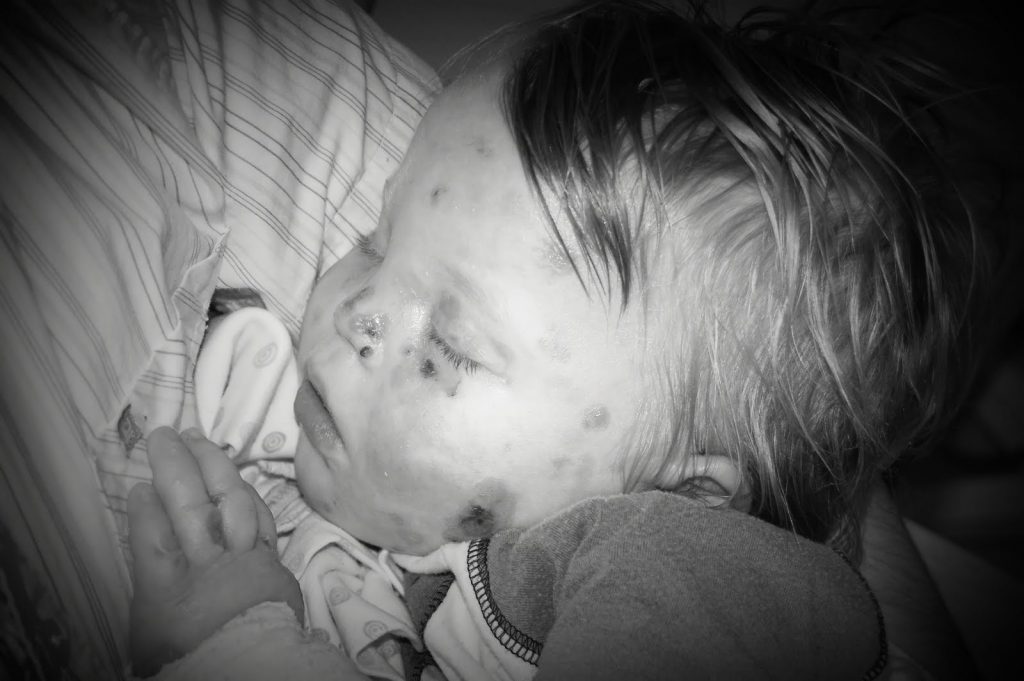
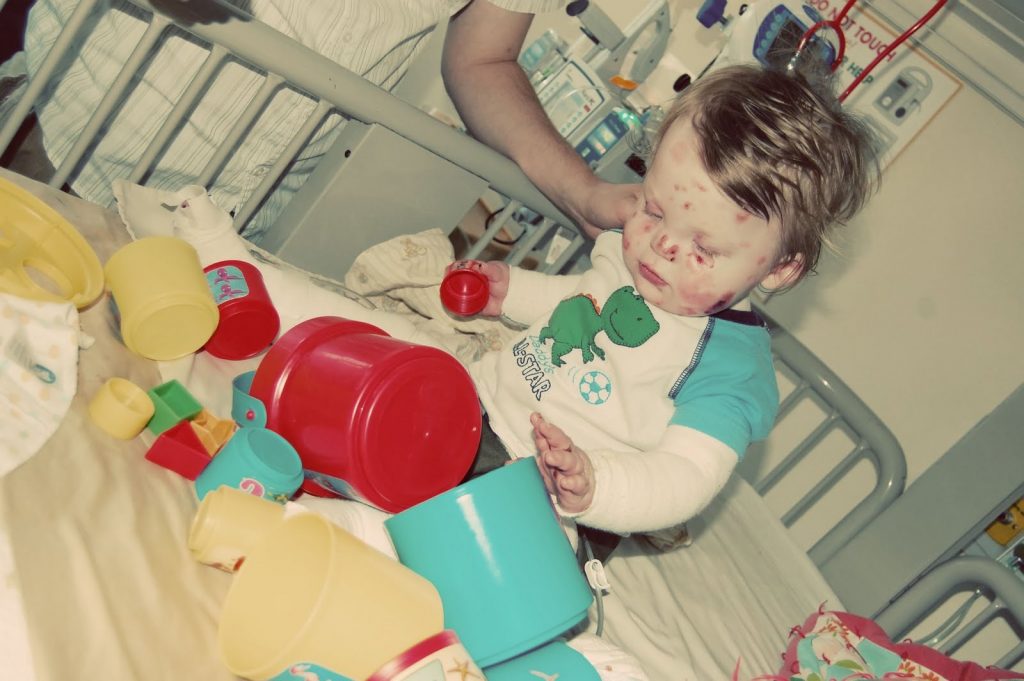
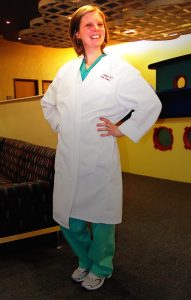
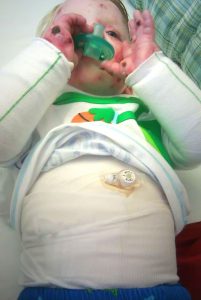
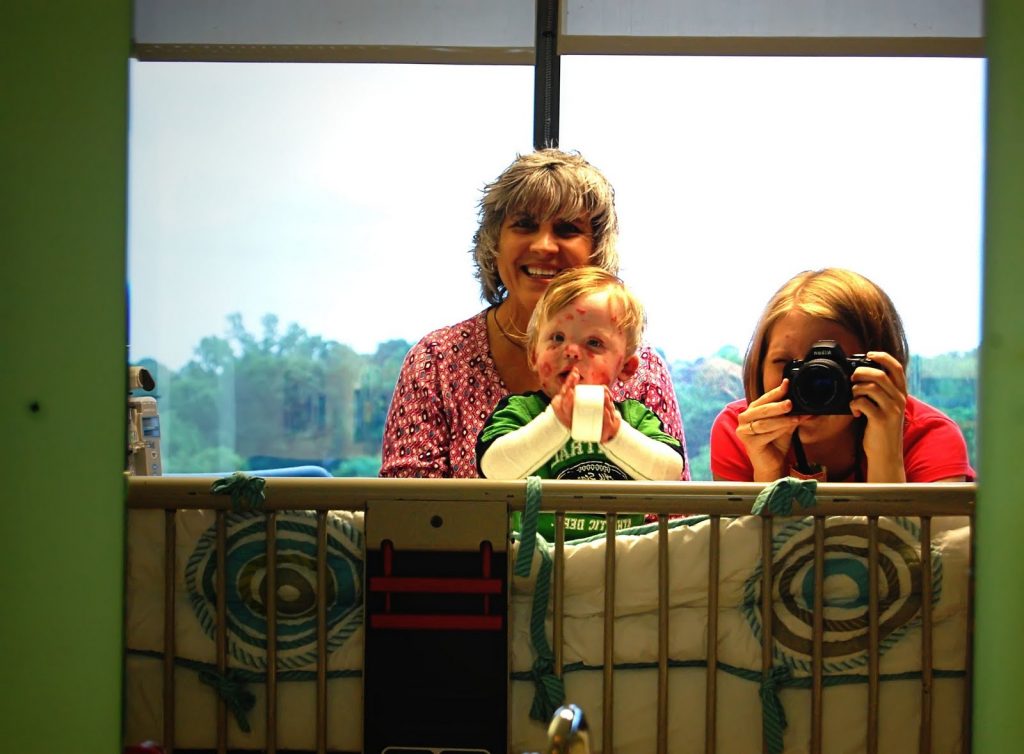
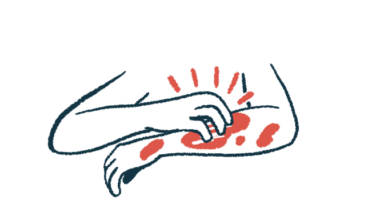


Comments
Katelyn
Hi! Do you know how they secured his ETT? I’m a NICU nurse strongly advocating for my nicu primary who has EB simplex and will be undergoing intubation for a GT this coming Thursday. Anesthesia has already reached out to us nurses asking how to approach this, which makes me nervous as they clearly don’t have any experience with this. Any tips would be greatly appreciated. Our hopes are to secure IV’s with mepitel and coban wrap. Just feeling like his providing team is forgetting he’s not a normal, healthy infant.
Patrice Williams
Hi! We had most success with Transfer (or similar) on the skin and then taping and wrapping the IV to that. Mepitac tape may also help and can go directly on skin in most cases. Make sure to have Niltac or some other adhesive remover on hand just in case. Definitely reach out to the anesthesiologists at Cincinnati Childrens or CHOP. They both have EB teams.